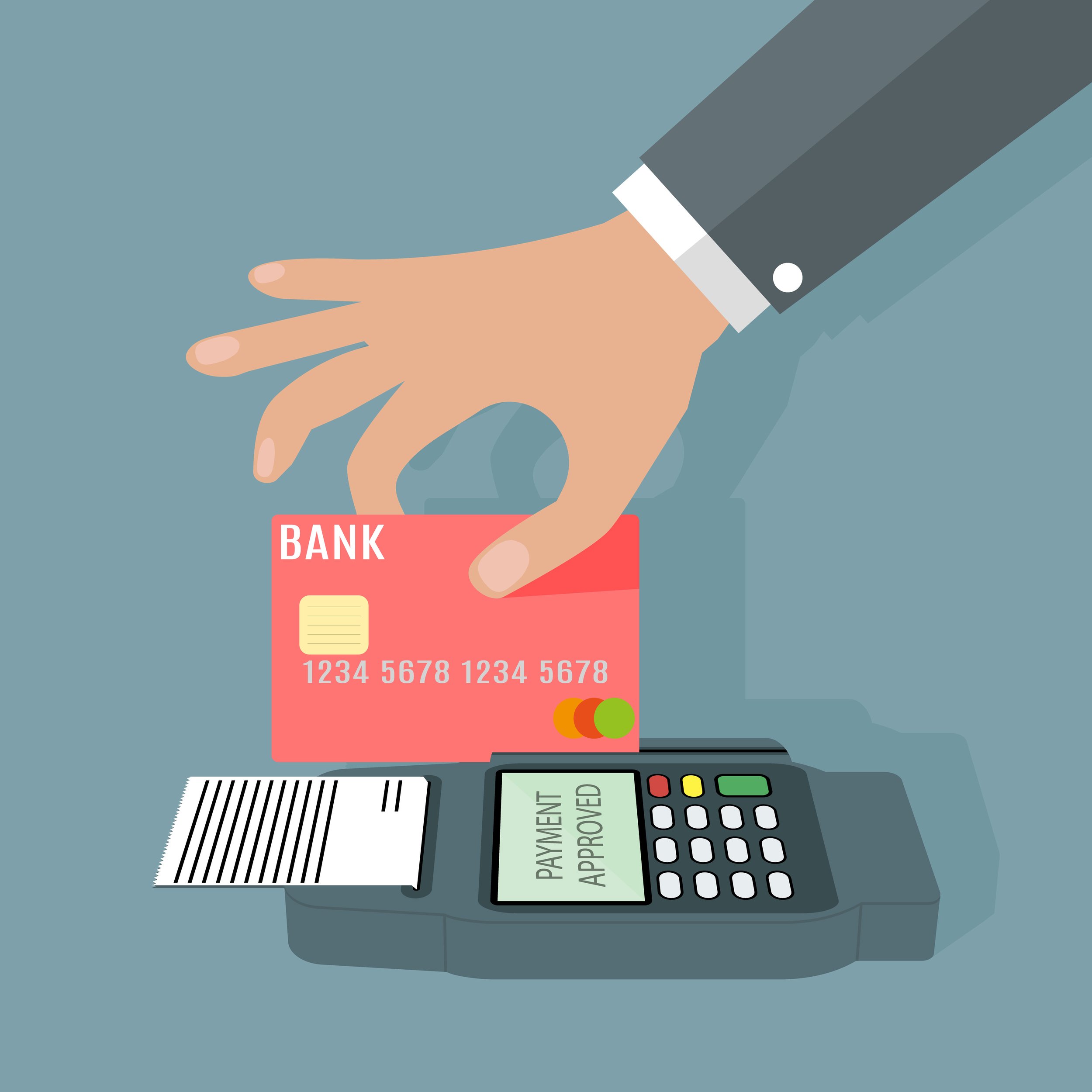A third-party payment processor is a company that processes credit card payments for merchants on behalf of the merchant’s acquiring bank. The payment processor acts as an intermediary between the merchant, the customer, and the acquiring bank. The payment processor is responsible for verifying that the customer’s payment information is valid and for securely transmitting the payment information to the acquiring bank for processing. The payment processor also handles any disputes or chargebacks that may arise in connection with the transaction. Third-party payment processors can be used by merchants to process payments online or in person, and they are often used to facilitate e-commerce transactions.
How does third-party payment processing work?
Here is a brief overview of how third-party payment processing works:
- The customer initiates a payment by entering their payment information, such as their credit card number, expiration date, and security code, into the merchant’s website or point-of-sale system.
- The merchant’s payment processing software transmits the payment information to the third-party payment processor.
- The payment processor verifies the payment information and checks for any potential fraud. If the payment information is valid and there are no fraud concerns, the payment processor sends a request to the acquiring bank to authorize the transaction.
- The acquiring bank sends the request to the card issuer (the customer’s bank) to verify that the customer has sufficient funds to cover the purchase. If the customer has sufficient funds, the card issuer authorizes the transaction and sends a response back to the acquiring bank.
- The acquiring bank sends a response back to the payment processor indicating that the transaction has been authorized.
- The payment processor sends a response back to the merchant’s payment processing software indicating that the transaction has been authorized.
- The merchant’s payment processing software records the transaction and sends a receipt to the customer.
- The acquiring bank settles the transaction with the merchant and debits the customer’s account for the purchase amount.
This process typically occurs in a matter of seconds, allowing the customer to complete their purchase quickly and seamlessly.

Third-party processors vs. merchant account providers
A merchant account is a type of bank account that allows a business to accept payments by debit or credit card. A merchant account provider is a company that sets up merchant accounts for businesses and provides the necessary hardware and software for processing card payments.
Third-party payment processors, on the other hand, do not provide merchant accounts. Instead, they process card payments on behalf of the merchant’s acquiring bank. This means that the merchant does not need to set up their own merchant account; they can simply use the third-party payment processor to accept payments.
One advantage of using a third-party payment processor is that it can be easier and faster to set up, as you don’t have to go through the process of applying for and setting up a merchant account. Additionally, third-party payment processors often offer more flexible pricing and may have lower fees than merchant account providers.
However, merchant account providers may offer more features and control over the payment process, as well as potentially better rates and terms. It’s important to consider the specific needs of your business and do some research to find the best solution for you.

